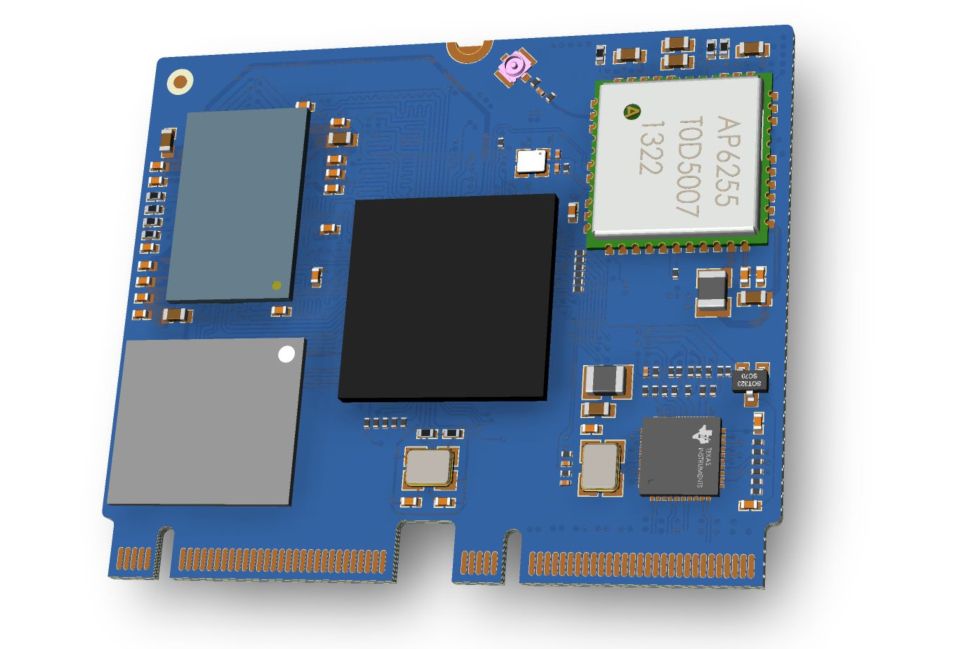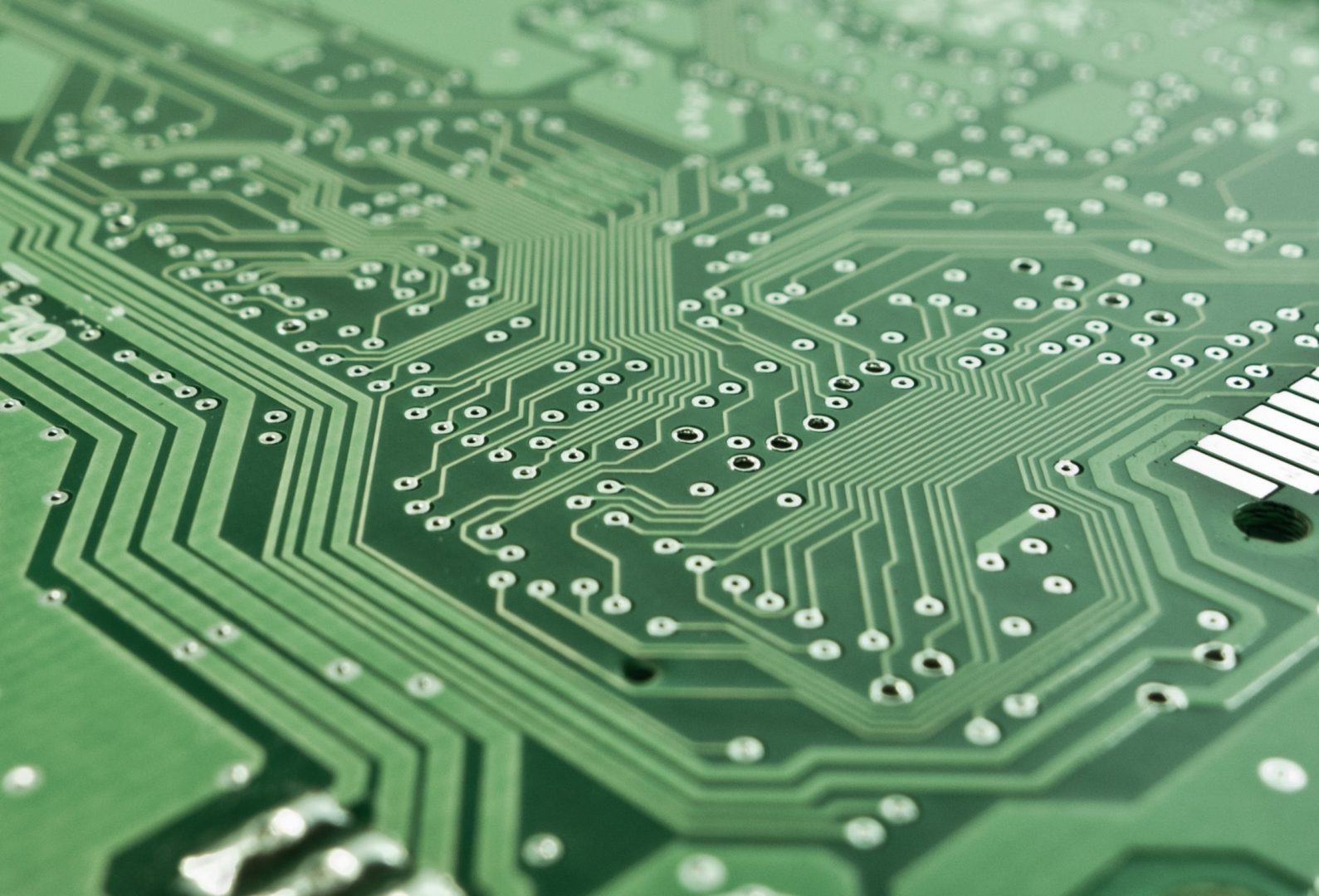And what are the differences between the Pyra and a Notebook?
1st/ Obviously size (good point it is small, bad point small keyboard and screen), as Pyra is a pocket computer. But you can connect big keyboard/mouse and monitor for use in home when attached, and in this way you can use it like a desktop computer replacement.
2nd/ About performance I don't see a problem as you will run a Linux OS (Debian) with a light desktop GUI and you won't have tons of spyware a normal Android smartphone has.
And a professional computer from x years ago had no more power than Pyra, and you worked with them.
Where I think you will notice is in storage speed/performance. A modern notebook can have SSD In M.2 form and this is much faster than SD cards and SD interface in Pyra. But on other side, x yeas ago we used slow mechanical disks maybe slower than Pyra SD.
It may be that if you load a big program like LibreOffice you will notice it loads slower than in a modern M.2 SSD in a notebook.
The best part of Pyra is that it can go in your pocket, really (GPD Win was too much big to be considered pocket size seriously), and it uses a standard desktop GUI so you can work like in a computer. This is contrary to Android smartphones where you don't have a real desktop GUI (all windows you want, mouse use, etc) and most applications are designed to be used in only touch mode and you don't have resizable and reubicable windows/etc.
For example my high end (when it was released) Android smartphone has a HDMI output option so I can connect to monitor and TV, BUT I CAN'T use it as a computer because it doesn't have a real GUI, and most apps are not designed to be used with keyboard+mouse.



